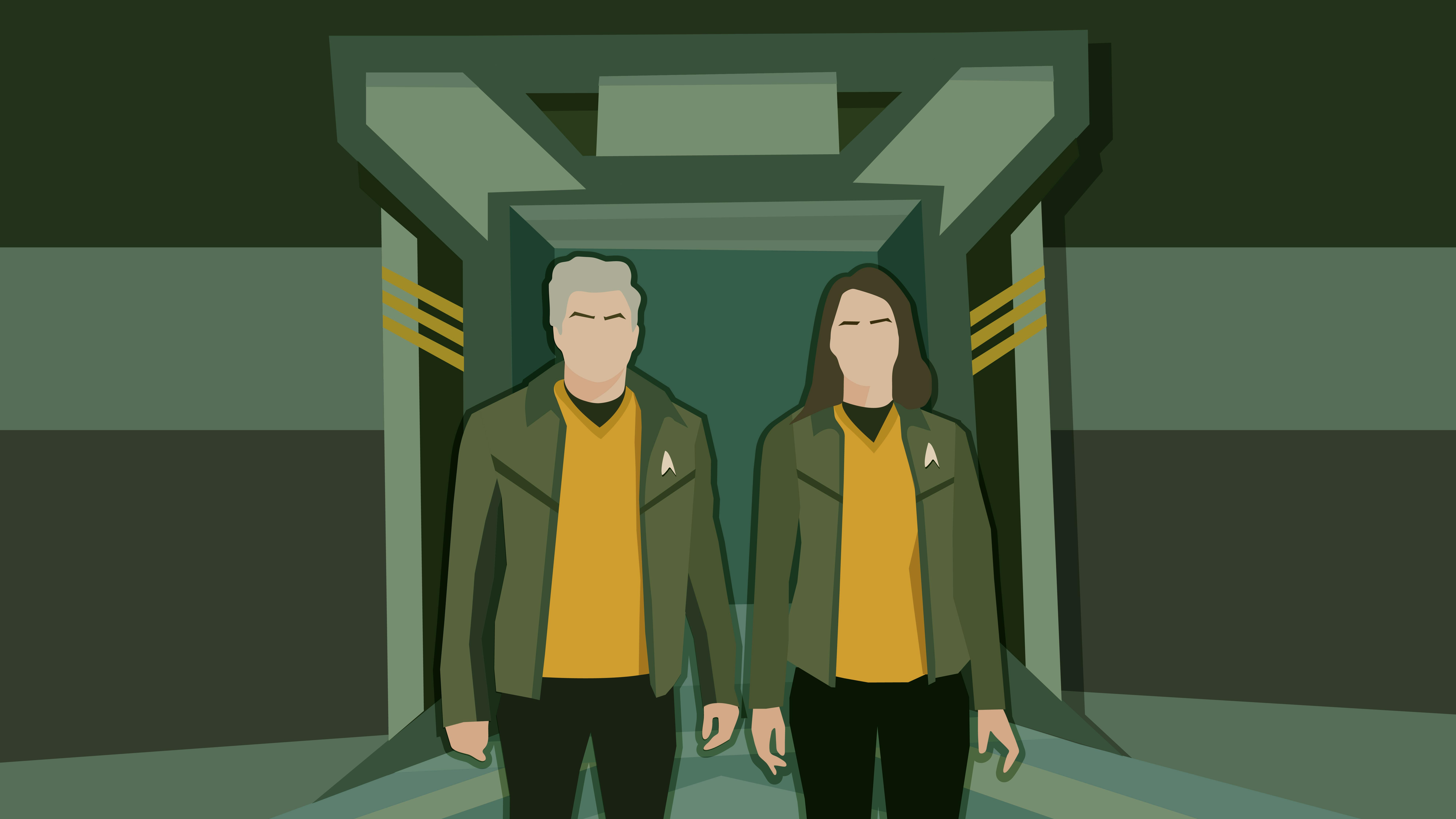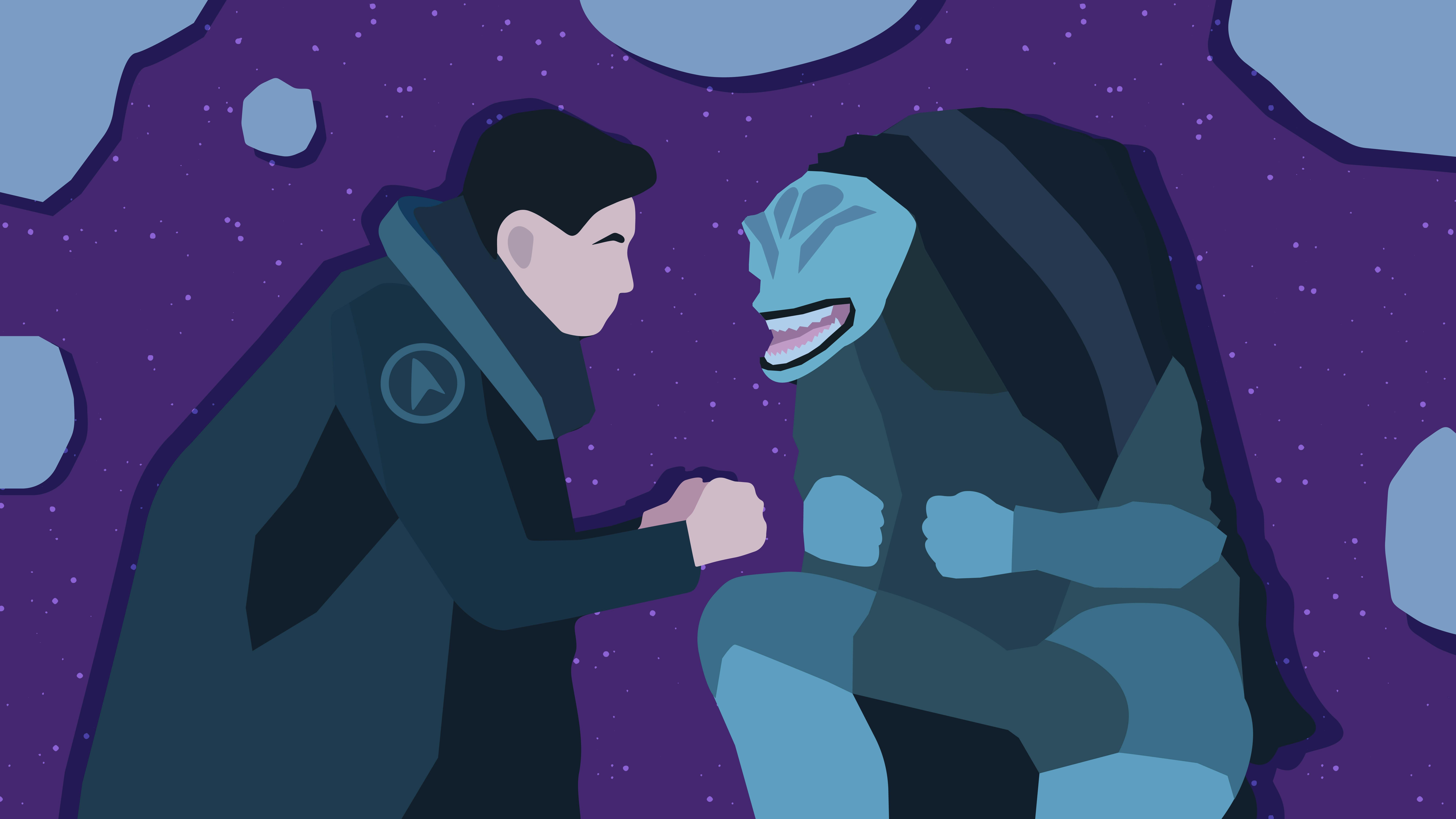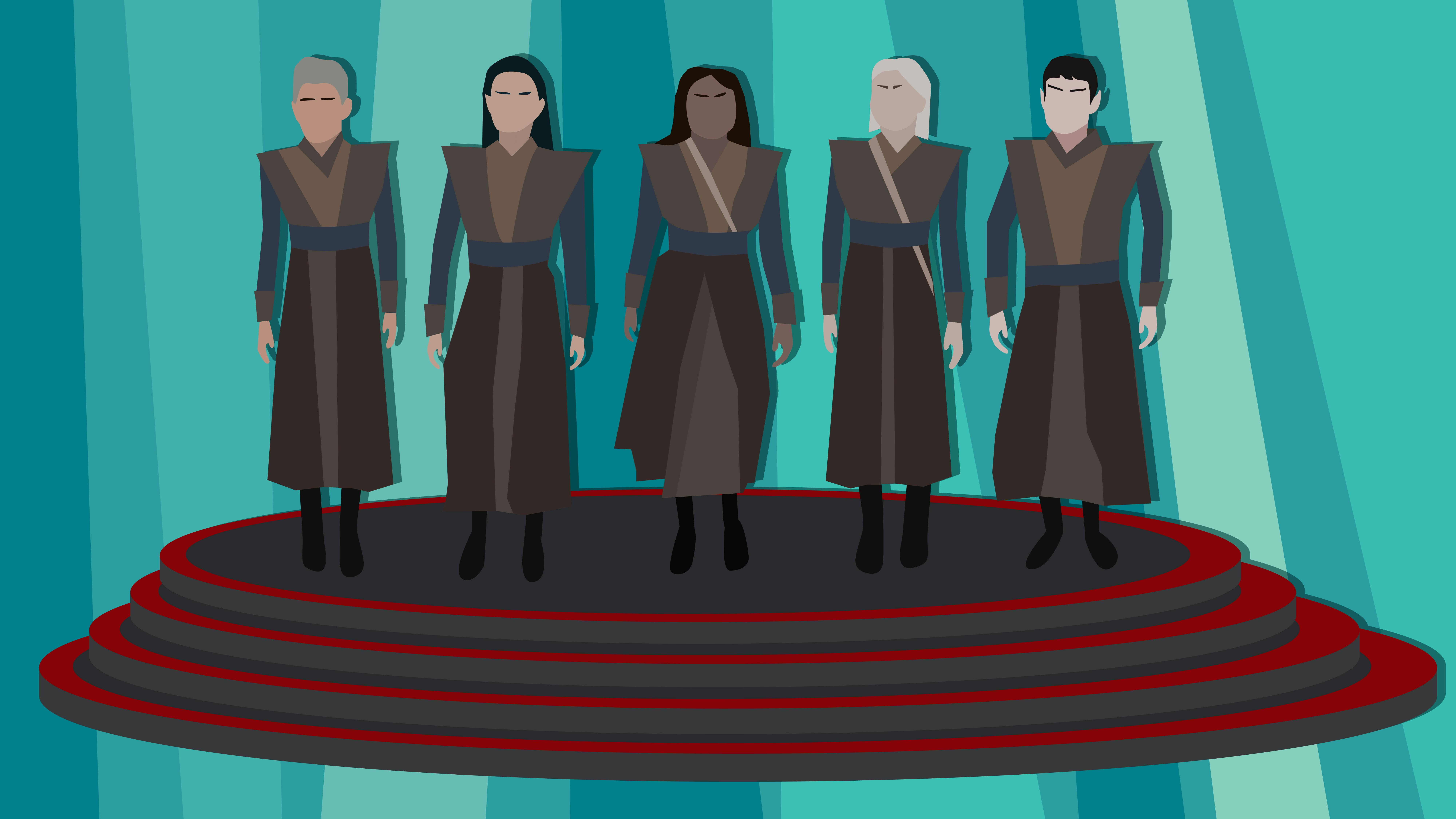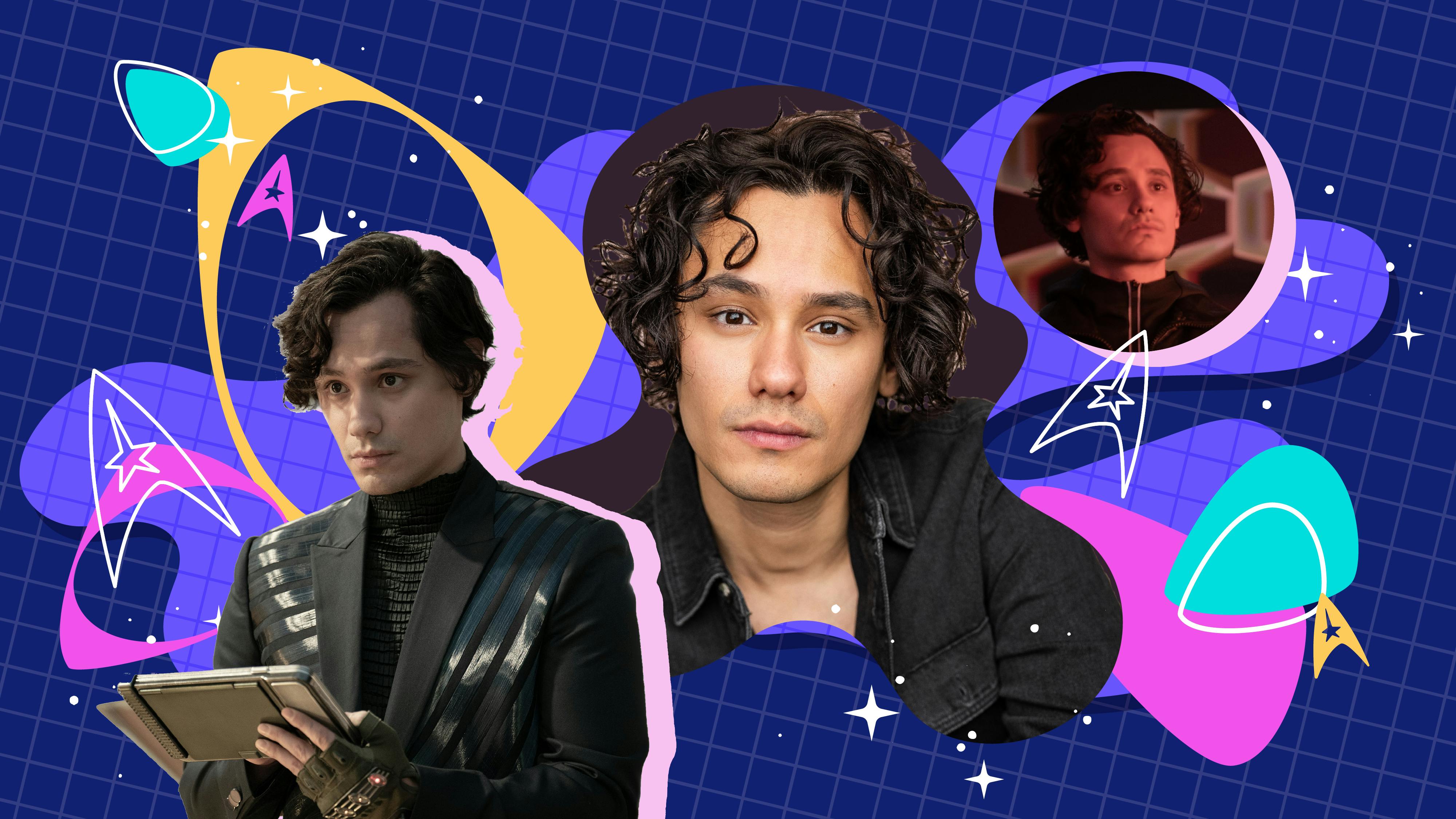Published Nov 8, 2023
What Geordi La Forge Can Teach STEM About Accessibility
For STEM Day, we look at how STEM fields are beginning to fulfill the promise that Geordi La Forge embodies – the promise of equal opportunity regardless of disability.
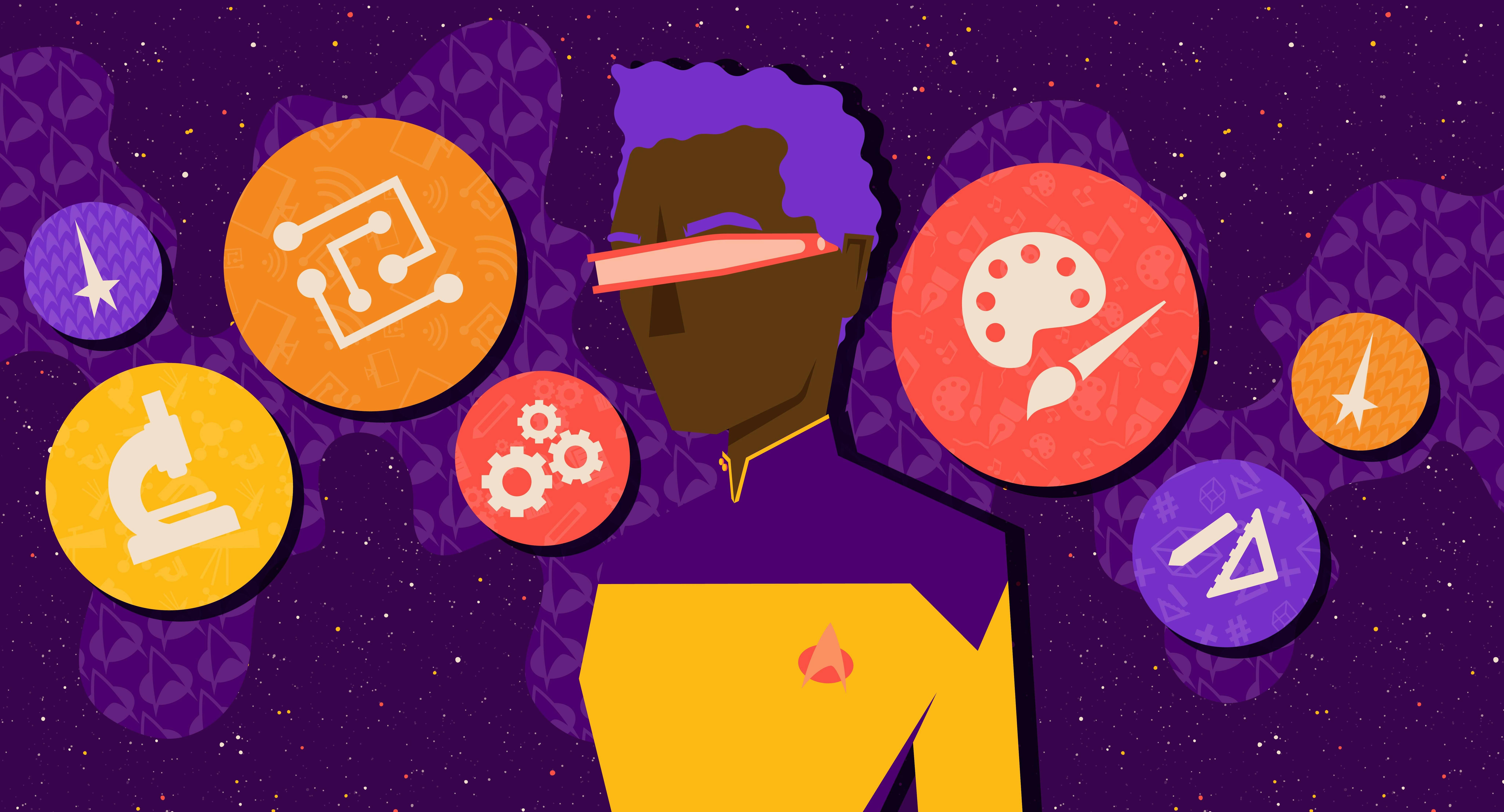
StarTrek.com
You know, I’ve always thought that technology could solve almost any problem. It enhances the quality of our lives. Lets us travel across the galaxy. Even gave me my vision. But sometimes you have to turn it all off.
Geordi La Forge, "Booby Trap"
November 8 is National STEM/STEAM Day, a national holiday intended to promote STEM/STEAM education and careers to children and young adults. And there’s a lot to promote! Data from Pew Research Center shows that from 1990 to 2016, American employment in STEM fields has grown by 79 percent, while overall employment in America grew by just 34 percent in that same time period. STEM careers also tend to offer higher-than-average pay, with the National Association of Colleges and Employers estimating that the top-paid majors of the graduating Class of 2019 will be engineering, computer science, and math & science.
Moreover, STEM employers are very motivated to start raising up the next generation of STEM specialists. According to recent research by recruitment firm Brightwing, STEM fields — engineering in particular — are facing a talent shortage that could cause a $454 billion loss in American economic output by 2028. A looming STEM worker shortage means that making STEM accessible for people with disabilities is more important now than ever before, and STEM professionals are taking notice.
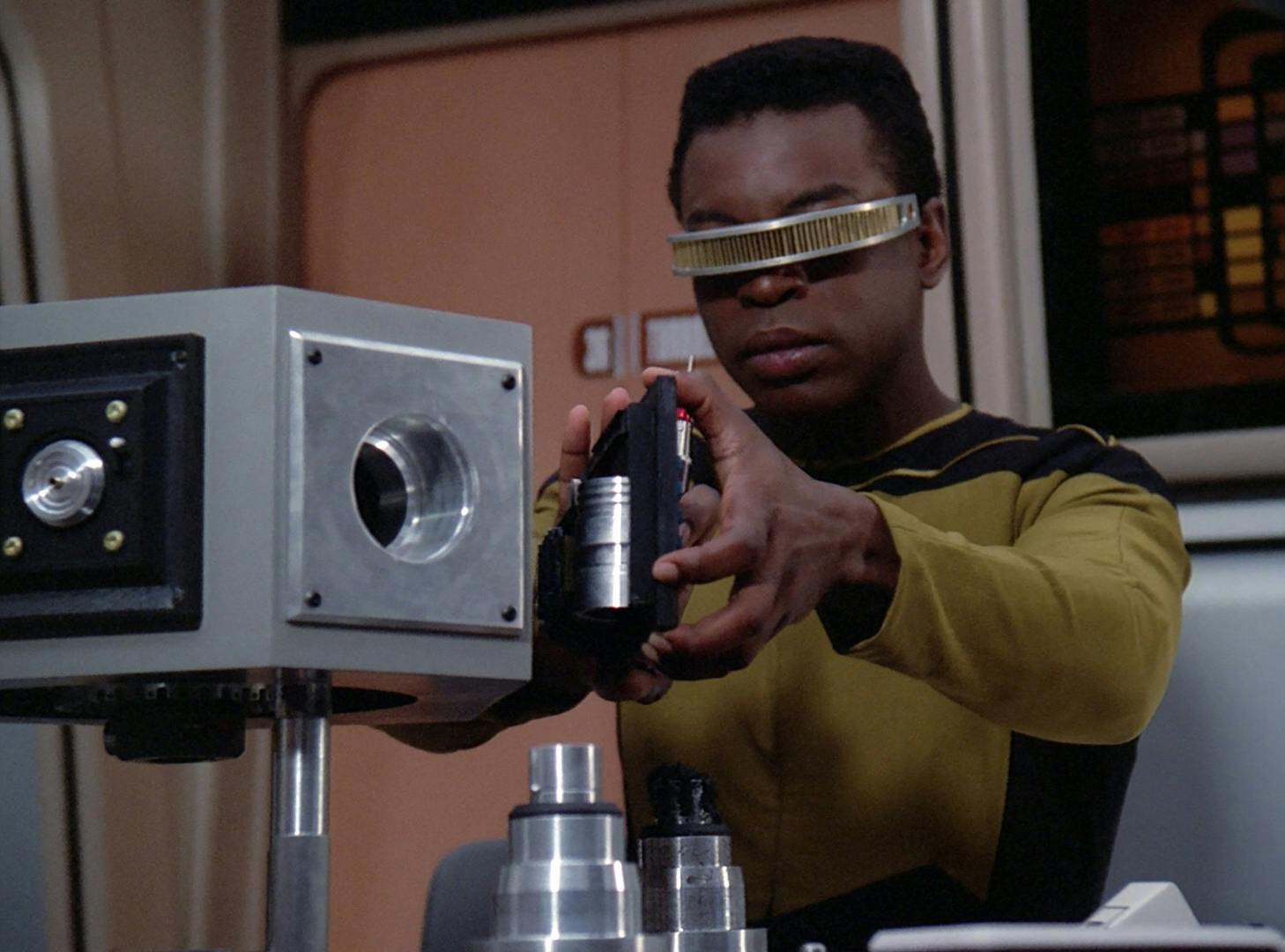
"The Outrageous Okona"
StarTrek.com
New technologies and accessibility initiatives have opened the door to STEM for people who historically haven’t the opportunity to succeed in a STEM career. Real-world technological innovations are fulfilling the ideal that Geordi La Forge represented in — the ideal that brilliant people can contribute to the advancement of STEM in meaningful ways, even if they experience accessibility challenges.
Here are just some of the innovations in technology and accessibility initiatives that are fulfilling the promise embodied by our favorite chief engineering officer — and some of the areas where STEM accessibility still has several parsecs left to go.
Making STEM Accessible: 21st Century Initiatives
Josh Miele, Ph.D., is the Principal Accessibility Researcher for Amazon. Miele formerly served as Associate Director of Technology Research & Development at the Smith-Kettlewell Eye Research Institute and is the leader of the Blind Arduino Project, an electronics and programming initiative that makes Arduino (an opensource software and hardware company) projects accessible for people with visual impairments. Miele, who is blind, is also the inventor of six accessibility technologies including WearABraille, a wearable Braille keyboard that can be projected onto any hard surface.
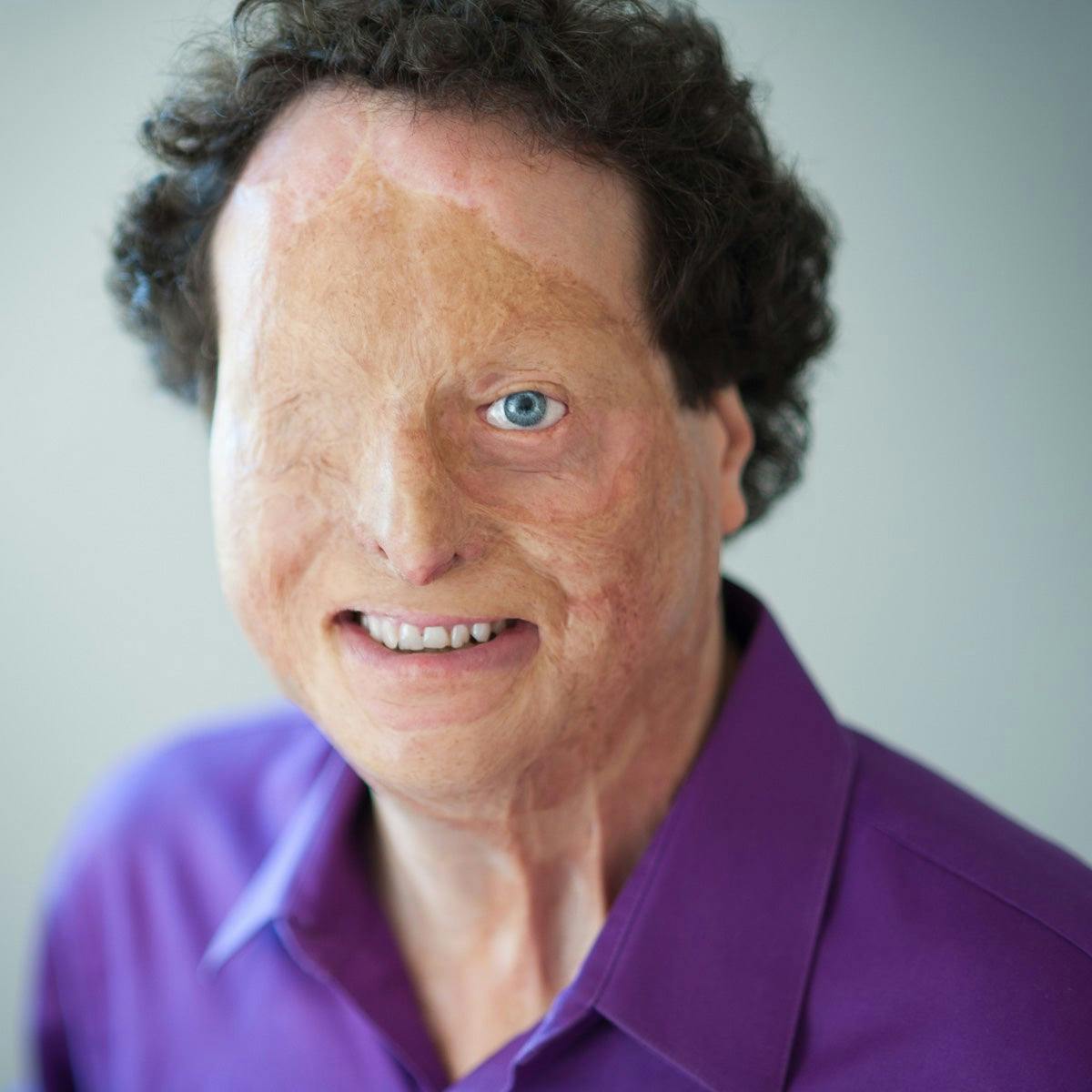
Dr. Josh Miele, Ph.D.
StarTrek.com
Miele says that in STEM fields, having proper and timely access to information is essential. The primary accommodation that people with visual disabilities need, he says, is access to information. In starting the Blind Arduino Project, Miele says he aimed to empower blind students to overcome the practical challenges associated with inaccessible tools.
“The Arduino development environment doesn’t work well with screen readers,” he says. “Visual schematics are challenging to convert to tactile graphics. The wires are color-coded, and the connections on the board are extremely small. These are all non-issues (now) because each challenge has its solution, but the teachers and students coming up against these barriers didn’t have any ready-made solutions or workarounds until the Blind Arduino Project began its work.”
Miele says that accessibility isn’t difficult, provided that product development incorporates accessibility from the beginning. Too often, he notes, accessibility technologies are tacked on as an afterthought rather than integrated into the development process. Miele says that recruiting more blind people into STEM careers can resolve this issue.
“The more blind people working in the tech sector, the more likely it is that accessibility will be incorporated earlier in the design process, and the more accessible tech tools will be for everyone. Right now, we need better process automation. The fact that a human being needs to convert things like charts and videos into accessible formats makes the process expensive and slow.”
Miele’s current focus is on making Amazon’s devices more accessible to people with disabilities. Amazon’s Fire devices feature built-in screen readers and magnifiers, while the majority of Kindle books offer braille or text-to-speech compatibility.
“Last month, we shipped our newest accessibility feature,” Miele says. “Show & Tell uses the Echo Show’s camera to help identify products for blind and low-vision customers. It’s thrilling to know that the work I’m doing will delight millions of blind customers.”
Media Portrayals of Accessibility Matter
Sheryl Burgstahler, Ph.D., is the Director of the Accessible Technology Centers at the University of Washington and an education professor specializing in accessible design and assistive technology in postsecondary STEM education. Burgstahler is currently overseeing multiple post-secondary accessibility initiatives.
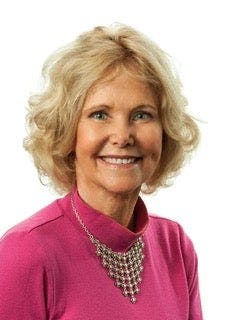
Dr. Sheryl Burgstahler, Ph.D.
StarTrek.com
She says that one important area of work for accessibility advocates is the media. Television, film, and novel producers can choose to portray people with disabilities in multiple different ways, and Burgstahler says that not all of these portrayals are positive.
“There are some media portrayals where other people are taking care of the person with a disability, or sometimes they’re put on a pedestal,” she says. “But Geordi La Forge is a good example of someone with a disability portrayed in the media. He has a limitation, but Geordi can use technology to express his God-given talent [and] to be a leader.”
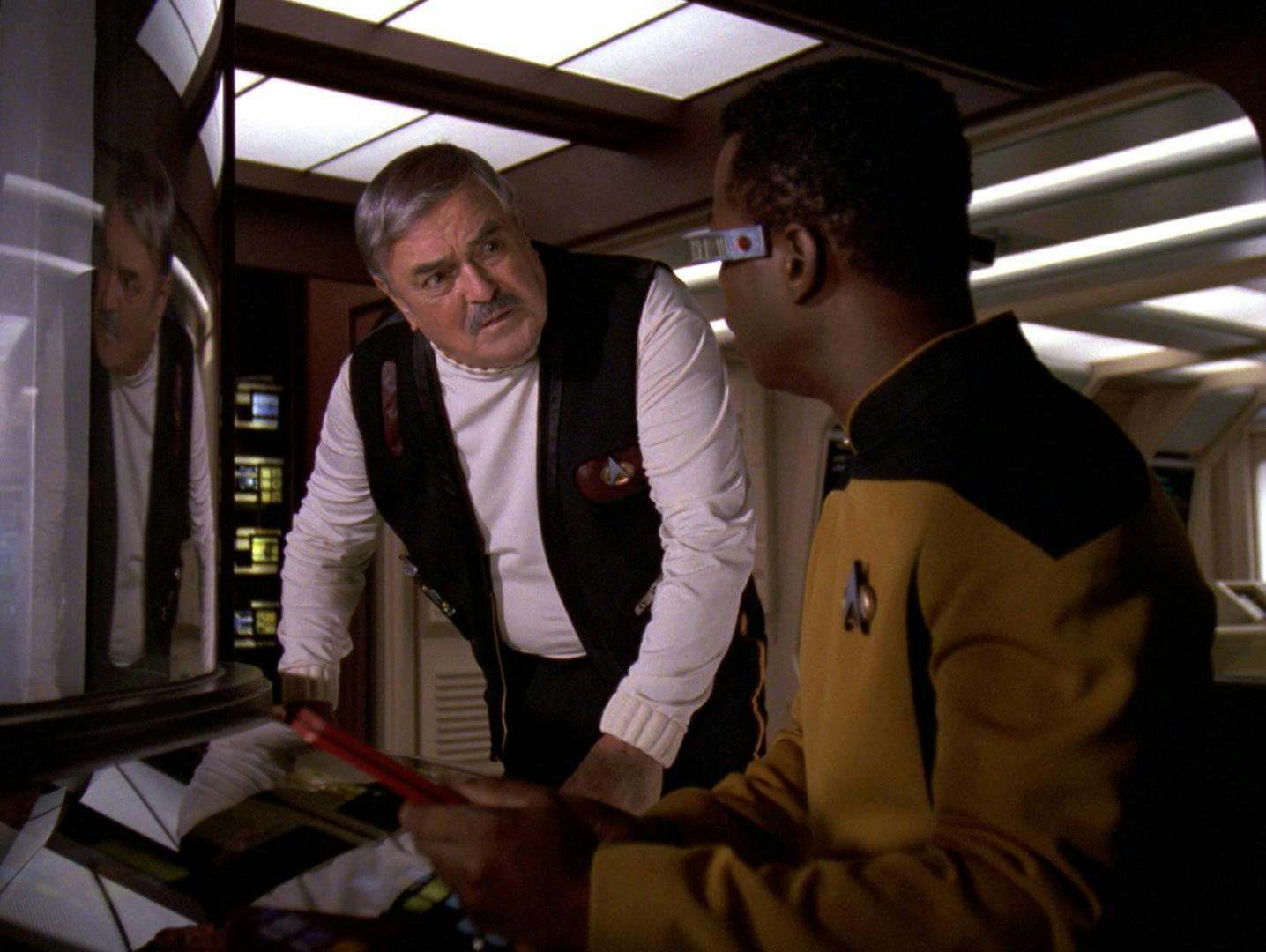
"Relics"
StarTrek.com
In many ways, Geordi La Forge is the ideal fictionalization of a STEM professional with a disability. His vision impairment has never stopped him from fully participating in his career — and it certainly didn’t stop him from being promoted faster than any other character in any Star Trek series to date.
Geordi began Season 1 of The Next Generation as a Lieutenant Junior Grade helmsman, was promoted to Lieutenant in Season 2, and became a Lieutenant Commander and Chief Engineer of the Enterprise by Season 3. While Geordi is not the only character to have held three ranks, no other character in any Star Trek series has ascended the ranks so quickly.
Burgstahler says that one of the most significant barriers to accessibility in STEM is the public perception that people with disabilities can’t contribute much in a STEM career. This perception, she says, may discourage people with disabilities from pursuing STEM altogether. Educators, in particular, often fail to understand how people with disabilities can succeed in STEM.
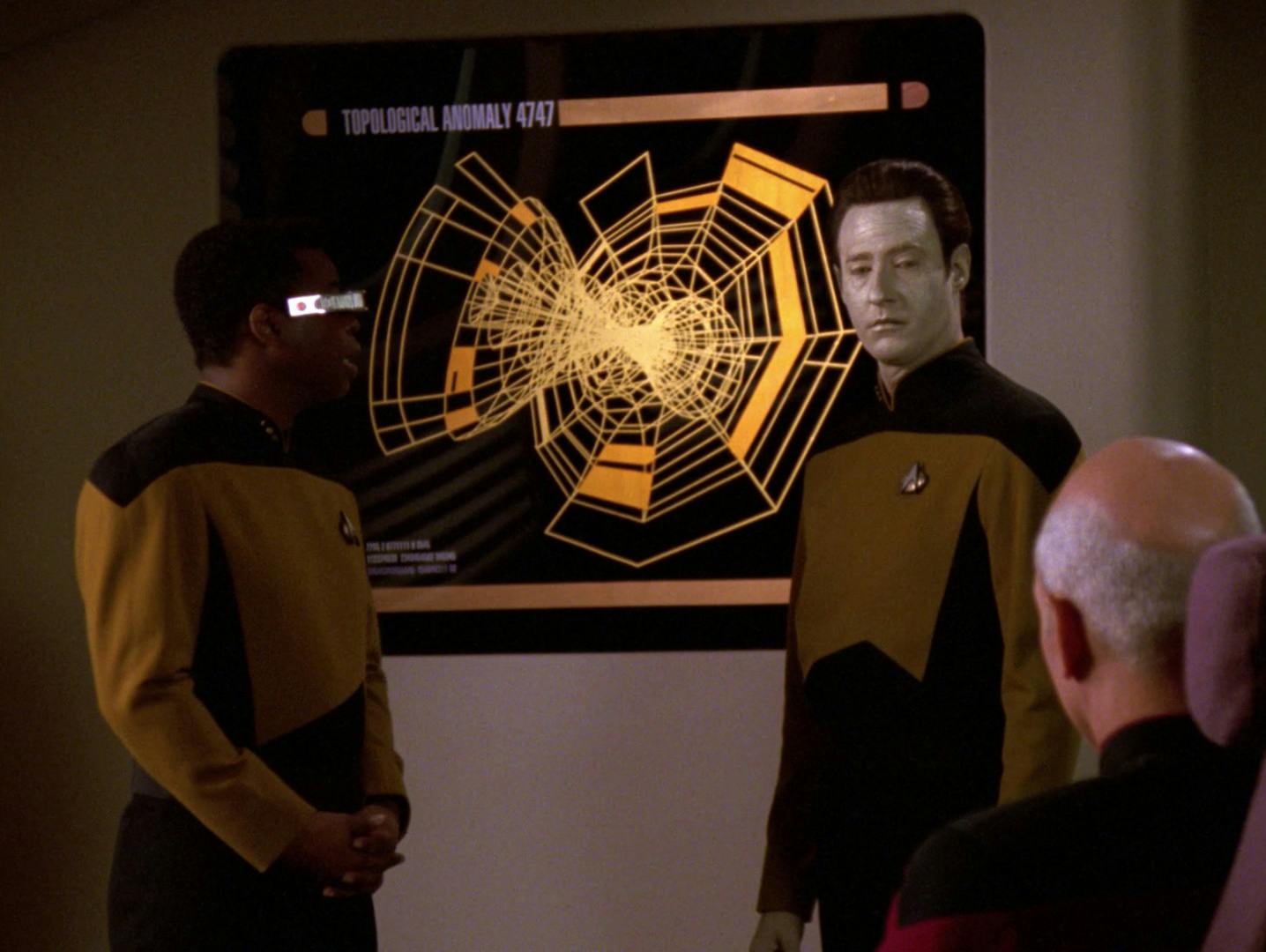
"I, Borg"
StarTrek.com
“I hear over and over again from people with disabilities that their biggest challenge is educators who just can’t picture them doing the job,” she explains.
Burgstahler cites the example of a doctoral student in environmental science with a vision impairment. Burgstahler would often hear from the student’s professors that describing images to her is a challenge. The student’s professors would wonder how she could pursue a career in atmospheric sciences when she can’t see a cloud.
“As it turns out, she wanted to analyze climate data trends,” Burgstahler says. “Her parents were both scientists, and her dad developed a lot of accessibility tools for her. She’s now working at NOAA, where she manages a small team that analyzes climate trends.”
Positive media portrayals of STEM professionals with disabilities may help to challenge the false perception that people with disabilities can’t work in STEM. The university’s Disabilities, Opportunities, Internetworking and Technology (DO-IT) Program Coordinator Kayla Brown argued precisely this in a January 2014 article for the University of Washington, noting that television and films influence the way people think.
STEM Accessibility and the Spirit of Star Trek

"Encounter at Farpoint"
StarTrek.com
Miele notes that he has never thought of Geordi La Forge as a blind character. There are very few references to the character’s blindness in the show, and it is rarely, if ever, relevant to the plot. Rather, Miele notes, Geordi’s blindness simply is. It is this aspect of LeVar Burton’s portrayal of Geordi that Miele says represents everything accessibility means.
“The most important development that the Federation achieved in accessibility isn’t Geordi’s visor or the technology he uses – although that’s really cool,” Miele says. “The Federation’s most important development is the social progress they’ve made, where a blind man can simply be another highly competent, indispensable officer and nobody thinks twice about the fact that he’s blind. That’s progress!”
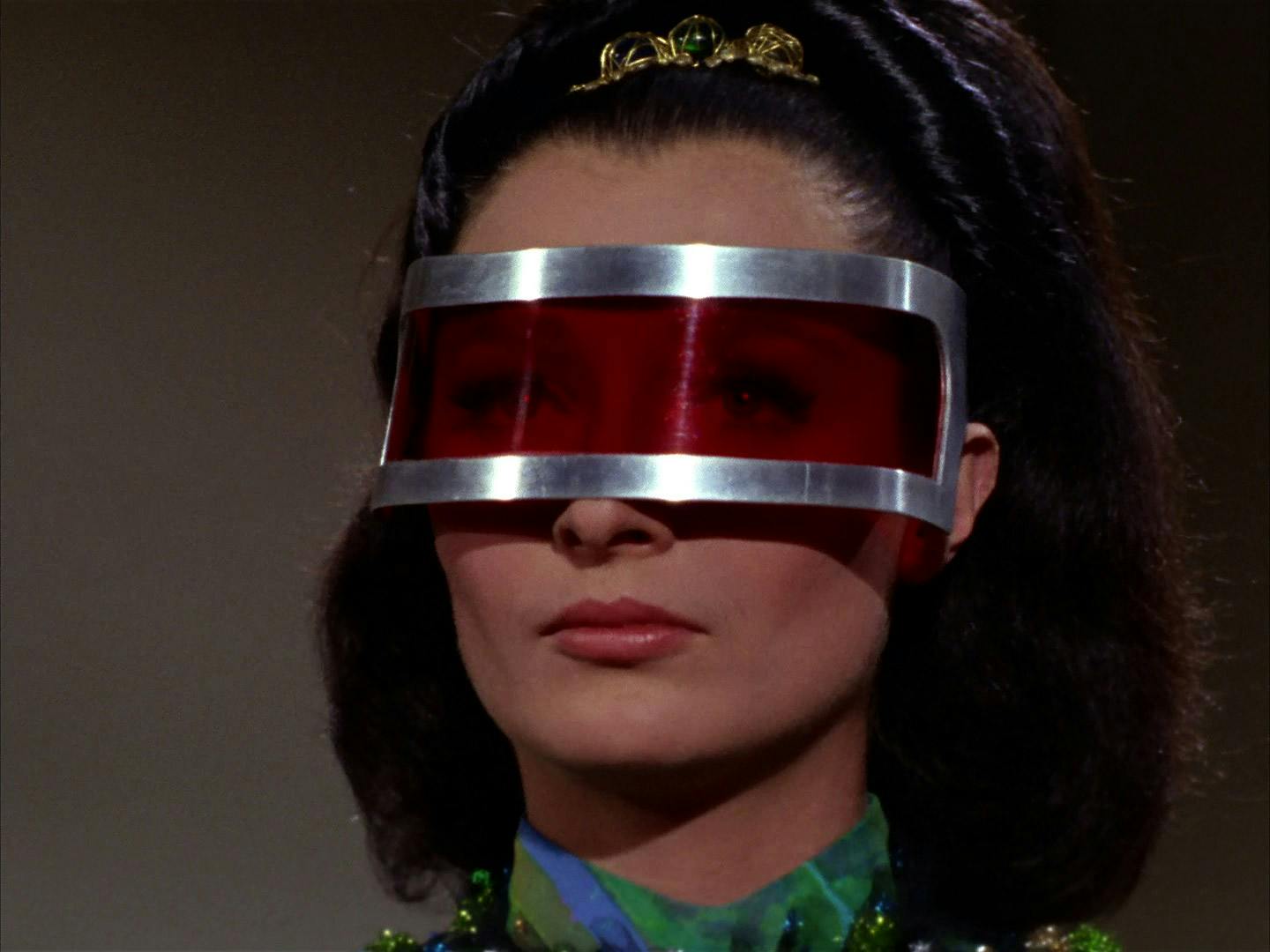
"Is There in Truth No Beauty?"
StarTrek.com
Gene Roddenberry envisioned an optimistic future in which technology enables human thriving and full inclusion regardless of disability. From Miranda Jones in ’ “” to Nog in ’s “” and beyond, Starfleet has welcomed people with disabilities and worked to ensure that all Starfleet personnel have opportunities to succeed in their chosen fields.
The promise of Star Trek is one of adaptive technologies making STEM a more inclusive place to study and work — a promise that technology professionals are now working hard to bring to fruition. There is still much work to be done on STEM accessibility, both in developing accessibility measures and in changing social attitudes about disabilities. But technological developments like WearaBraille and better media representation of people with disabilities are improving access to STEM careers, and this National STEM/STEAM Day, that’s something every Star Trek fan can celebrate.

